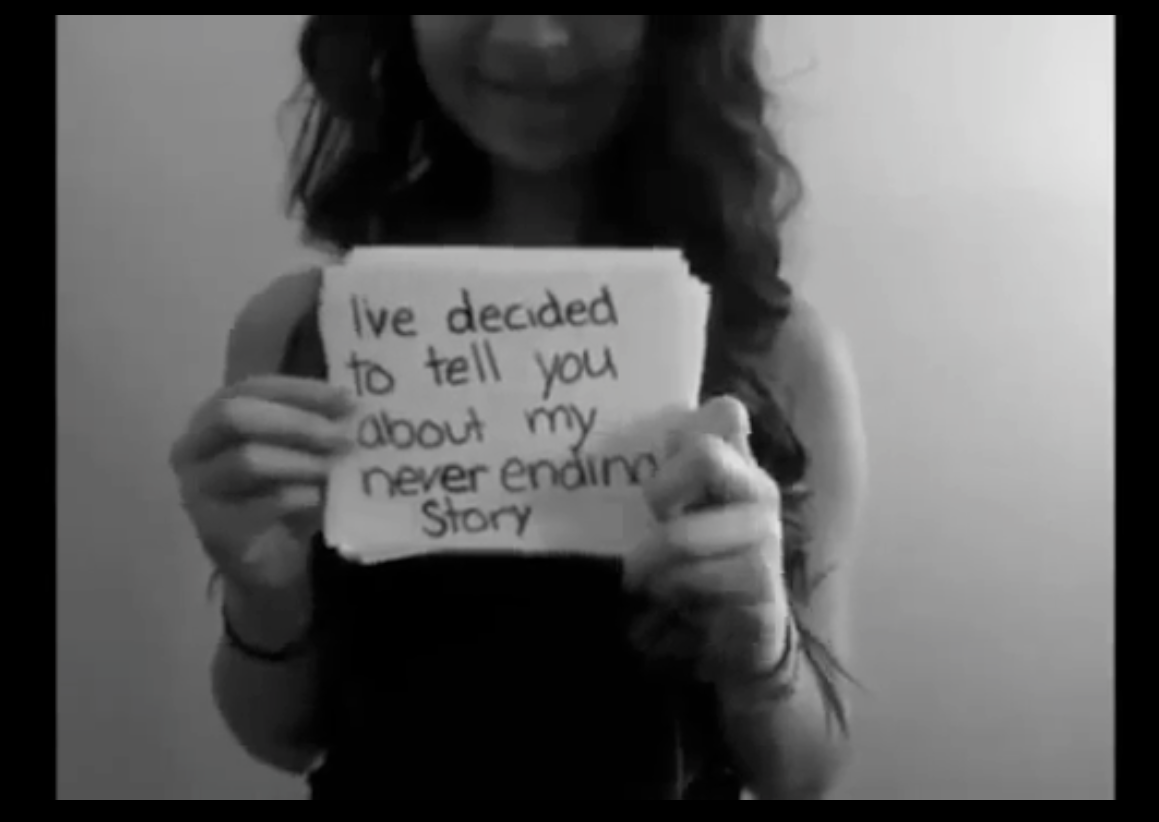The Amanda Todd Suicide: The Next KONY?
October 27, 2012

Like many procrastinators, I opted to read my social network news feeds rather than engage in mindless midterm studying. As I scrolled down my Twitter feed, nothing seemed out of the ordinary.
But then a tweet stuck out:
“RIP Amanda Todd.”
I kept scrolling, but then came across another one. And then another.
Weird. Who is this girl and why is she so popular?
I found out that Amanda Todd was a 15-year-old girl who killed herself in response to bullying. As sad and humbling as it was to see such a tragic headline, I couldn’t help wondering why the world was taking such an interest in this specific suicide case.
According to healthplace.com, teen suicide is nothing new: 11 of every 100,000 teens between the ages of 15 and 19 kill themselves annually. Sadly, suicide is the third leading cause of death for this age group.
So what makes the Amanda Todd story so particularly compelling?
It didn’t take much googling to find my answer: Todd posted a YouTube video on Sept. 7 entitled “My Story: Struggling, Bullying, Suicide, and Self-harm.” Lasting about nine minutes, Todd used a series of cards to explain her experiences. She said she spent a majority of her seventh grade year meeting people over video chat. Because she received a lot of compliments on her looks, she continued talking to strangers on the web…until a man convinced her to expose her breasts for the camera. Todd made the decision to take off her shirt for this stranger, and he captured the image. The stranger later blackmailed her, saying that he’d leak the photo unless Todd was willing to put on a “show” for him.
Unfortunately, even a “show” wasn’t enough to keep the stranger from exposing the picture. Her topless photo started circulating the Internet, sending Todd into a deep depression. Todd’s family made the decision to move away for a fresh start, but Todd continued to have anxiety and began to dabble into a life of drugs and alcohol.
Just when Todd thought she had reached an all-time low, a Facebook page was created that featured her topless photo as the profile picture. Todd switched schools again, where she was attacked for sleeping with another student’s boyfriend. This attack made Todd sink back into a deep depression, and she unsuccessfully tried to kill herself by drinking bleach. Afterwards, her family moved again. Yet no matter where Todd went, she was unable to escape her bad choices and promiscuous past. Anti-depressants and counseling were no longer enough; Todd was found dead in her home on Oct.10.
Upon reading this, I was immensely sad that a girl at the tender age of 15 felt so hopeless and defeated that she thought suicide was the only option. Although Todd made some irresponsible choices, no one deserves to be blackmailed and bullied unmercifully.
That being said, I was angry that it took something like this to happen to get people’s attention. Anti-bullying programs have fizzled out in the recent years, despite the high teen suicide rates. Why do quiet, socially awkward kids’ suicide stories go unnoticed? Why does there have to be presence of sex and scandal before people become interested? As happy as I am that this has set off an interest for change, I’m just disappointed that it took a stereotypical white, promiscuous, pretty girl for people to take notice.
The ways in which people are rallying behind Todd are somewhat upsetting as well. Teen girls are getting dolled up and taking pictures in front of the webcam, holding signs in “support” of Todd. People are creating Facebook pages and tweeting “RIP Amanda” in hopes of getting likes and retweets. It appears to be more of an attention ploy rather than earnest strive for change.
Sounds a lot like the KONY movement that occurred a few months back, doesn’t it? Major news outlets had been reporting on African warlord Joseph Kony’s child abductions for years, but few citizens took notice. Then someone posts a video that goes viral, and suddenly it’s the new “cool” cause to support.
Could the Amanda Todd suicide be the next KONY? This Amanda Todd movement appears to be a fad, rather than a genuine fight to stop bullying. If I were to ask all the people who once posted heated “stop KONY!” Facebook statuses about the KONY campaign’s recent progress, most would have no idea how to respond.
While it’s sad that it took a story like Todd’s to spark interest, hopefully that interest will stay this time. However, instead of taking a provocative photo holding a “We Love You, Amanda!” sign, make an effort to go out of your way to help someone in need or smile at a random person in the hallway.
Actions like those will have more of a lasting impact than any tweet ever could.









